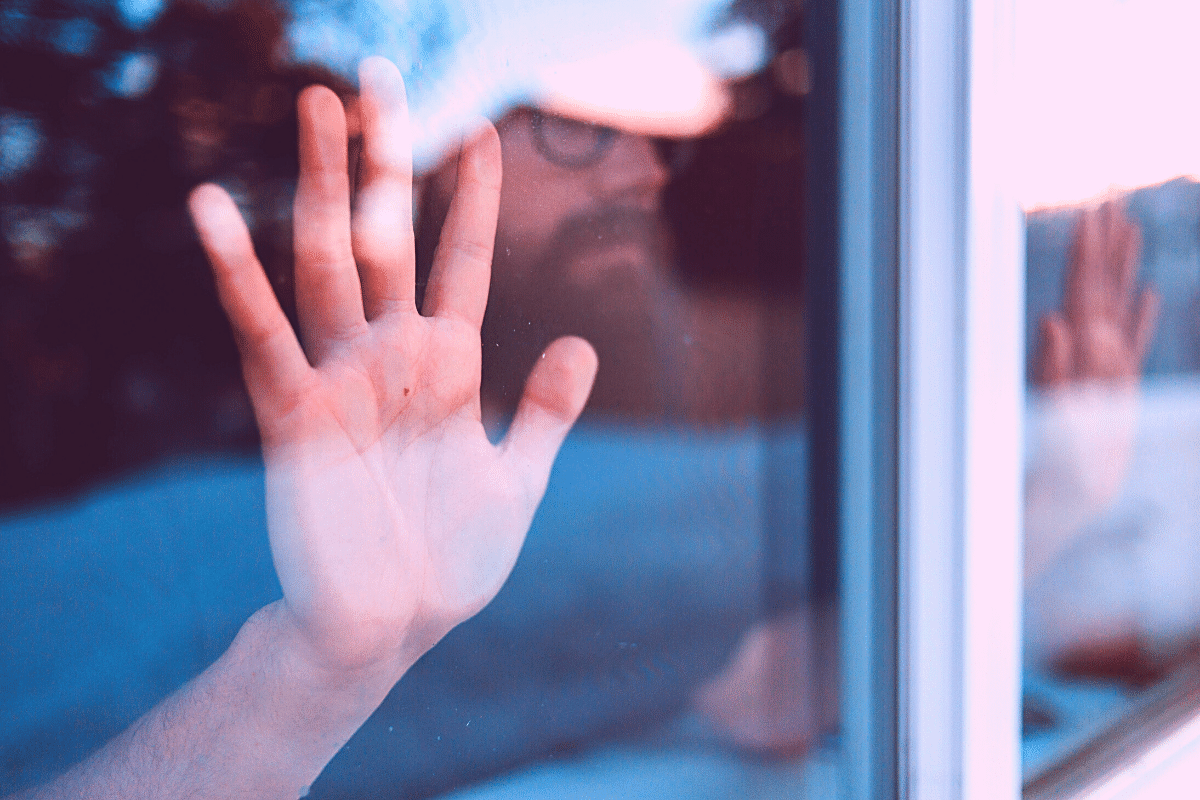COVID-19
Ending Lockdown

“Consider too what undesirable deaths occur in wartime. Men are killed in places where they knew they might be killed and to which they go, if they are at all of the enemy’s party, prepared. How much better for us if all humans died in costly nursing homes amid doctors who lie, nurses who lie, friends who lie…”
~CS Lewis in The Screwtape Letters
Watching the West hesitate over the end of COVID restrictions, attempting to judge the trade-off between living life as normal and the number of deaths that would result from that, has brought new clarity to a concept that had previously lurked just below the surface of consciousness; modern societies are bad at handling the fundamental fact of individual mortality.
You are going to die. That much was guaranteed when you were born. That we don’t like to think about this fact—categorise death as something that happens to other people, out of sight and out of mind—does not alter it. The daily cost of this inattention is low, consisting as it does of opportunities untaken and a lack of attention to what one’s legacy might be. The primary problem is that when we are forced to confront mortality unexpectedly, without the guidance of a faith rooted in the understanding that life ends in the grave, it can drive us to behave in strange ways.
The justification for collective restrictions is that allowing people to judge their own risks would result in their failure to fully consider the consequences of their actions for others. In order to prevent harms at a significant scale, which cannot otherwise be prevented, the state takes upon itself the right to intervene in the lives of its subjects in ways which would otherwise be seen as intolerable.
Vaccination breaks that chain of reasoning by offering an alternative way to avert that harm in the form of individual protection, and by reducing the scale of the damage that might be done.
As vaccination efforts progress and the remaining vulnerable are increasingly those who refuse—as is their right—to receive a vaccine, this moral argument for placing restrictions on behaviour begins to vanish.
The UK’s new health secretary, Sajid Javid, believes that this means entering a period where we will need to “learn to live with COVID-19”, even if this means rising cases; there comes a point where the number of lives saved and illnesses prevented does not justify the costs of the measures required.
This is clearly not to the liking of everyone. The government’s strategy puts young people squarely in the firing line; the plan is clearly that the climb to herd immunity will be driven at least in part by large numbers catching the virus without the benefit of both vaccine jabs. It also, as Javid points out, means another period of strain on the healthcare system. Some of the objections arising, however, feel more as though they are motivated by more than a consideration of the trade-offs involved.
It has been noted before that action can be asymmetric. Once a system is in place, it benefits from the inertia of incumbency when people attempt to change it. The imposition of COVID restrictions took significant pressure. Accepting that people will die because of their removal is frightening, and it is unsurprising that some want restrictions imposed for longer.
At the same time, a year of greatly reduced freedom appears to have left people with less tolerance for risk than might otherwise have been the case, with government officials talking at one point of the possibility of lockdowns preventing flu surges alongside circulating COVID this winter.
What the last year seems to have driven out of mind is the point that almost everything worthwhile in life carries some risk with it. Love means the possibility of rejection, eating of choking, travel of crashing. It is possible to go too far in avoiding danger. A life without any risk would consist of sitting in a carefully padded room, waiting for the last sands to drain from the hourglass.
Focusing only on the total number of deaths misses the other half of the ledger in terms of life unlived. Thinking of lockdown as a series of transfers between individuals casts these costs into sharp relief; how much time are we willing to take from the young to tack onto the lives of the elderly? What is an appropriate rate at which to exchange the two? How much have we already taken? Because that is, in one sense, what we’re doing here; the treatment and cost of lockdown was locking people away and taking from them a year in the prime of their lives to preserve the elderly and infirm.
As the risk to those groups shrinks with vaccination, and the remaining vulnerable are increasingly so by refusal to be vaccinated, demands to protect them at significant cost to other groups become something akin to allowing them a veto on a return to life as normal. Granting this through fear would be a tremendous error; as we end restrictions, we will need to face up to our own mortality, and acknowledge that no policy will keep us safe forever.





